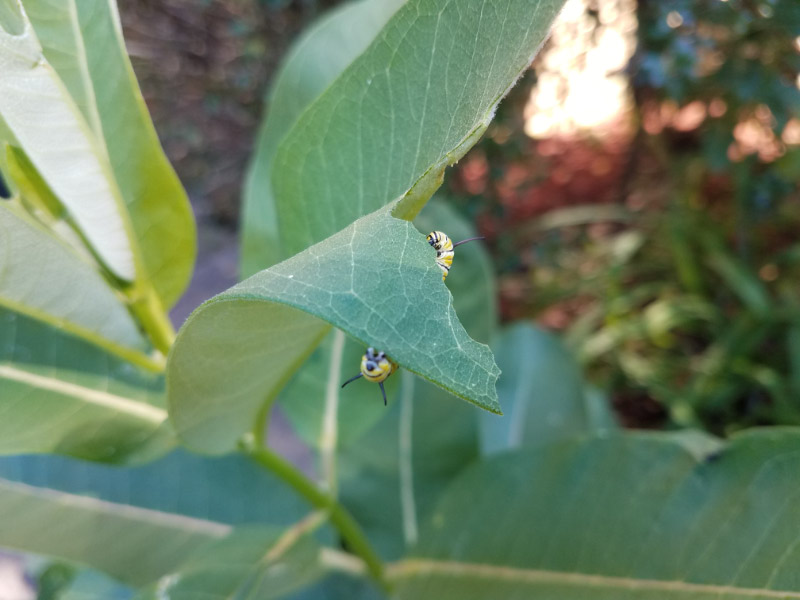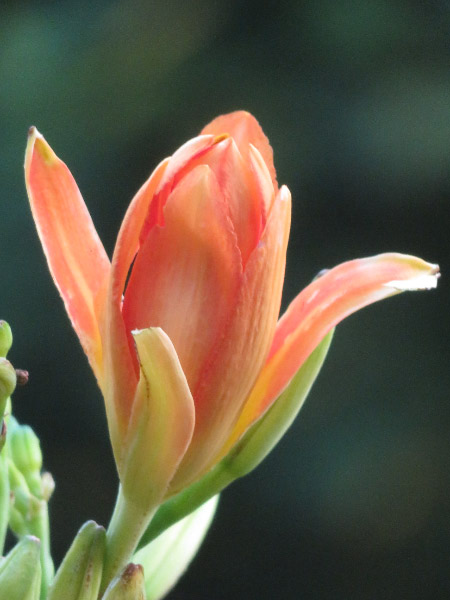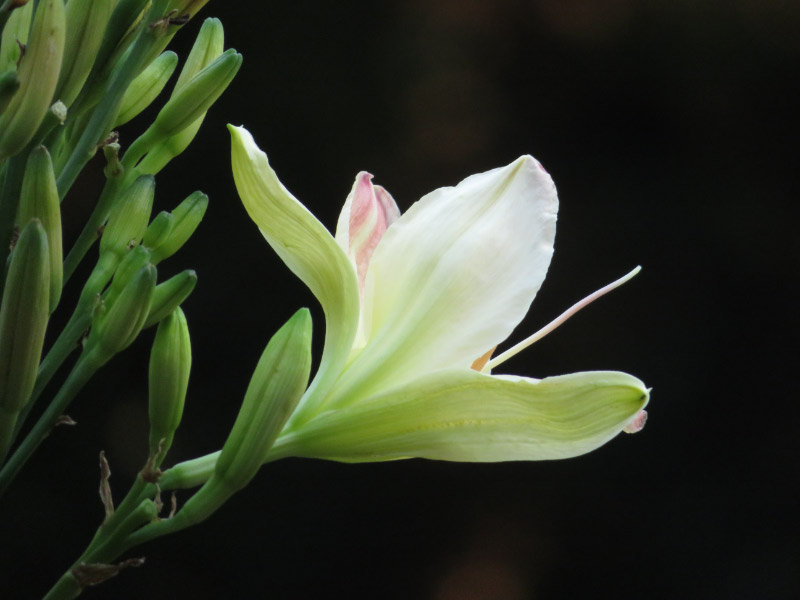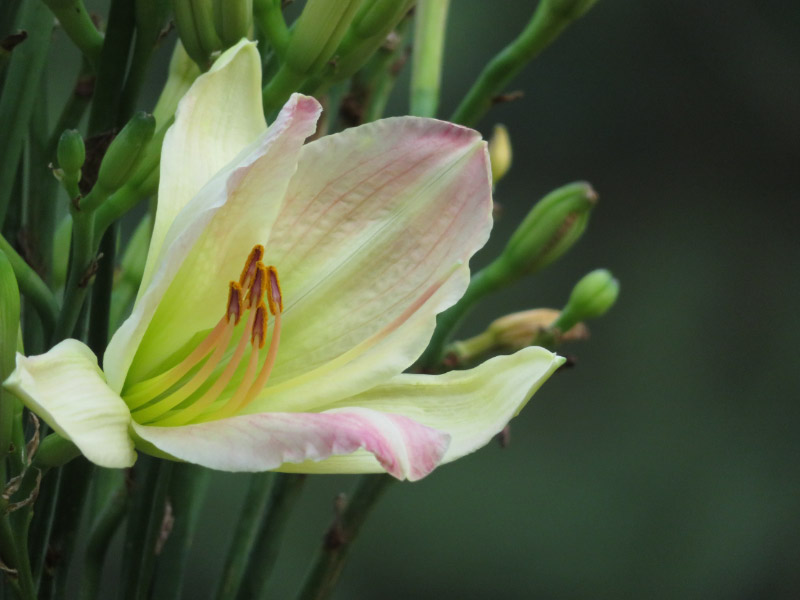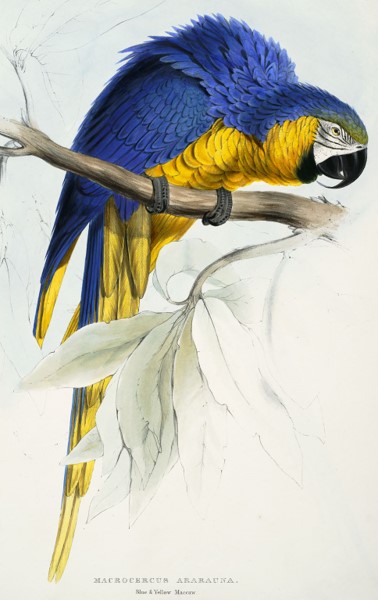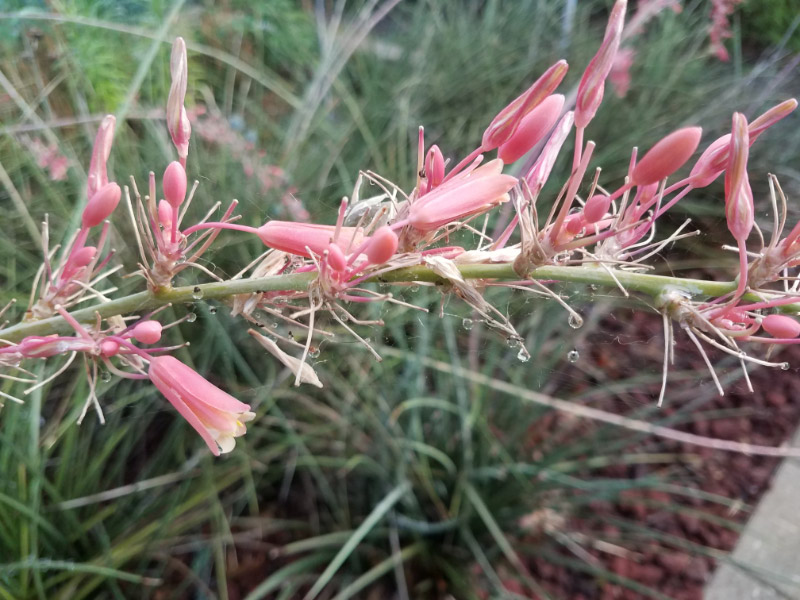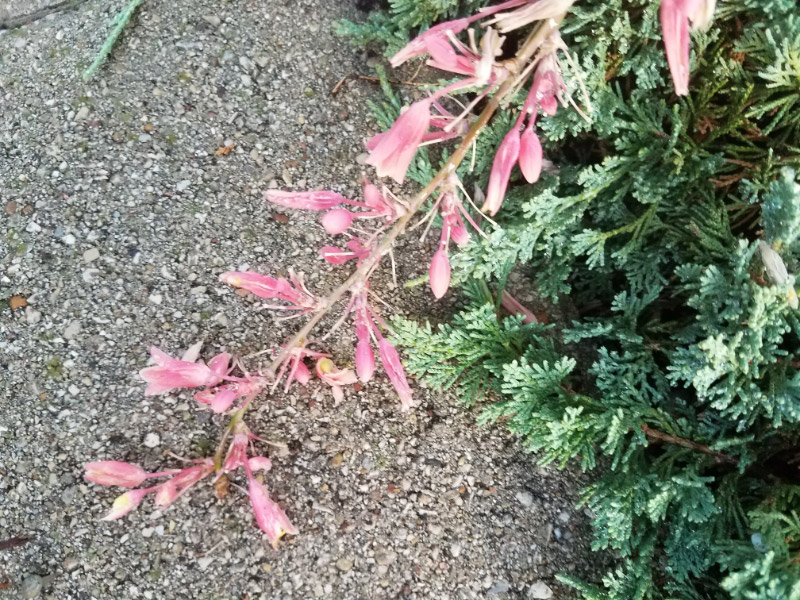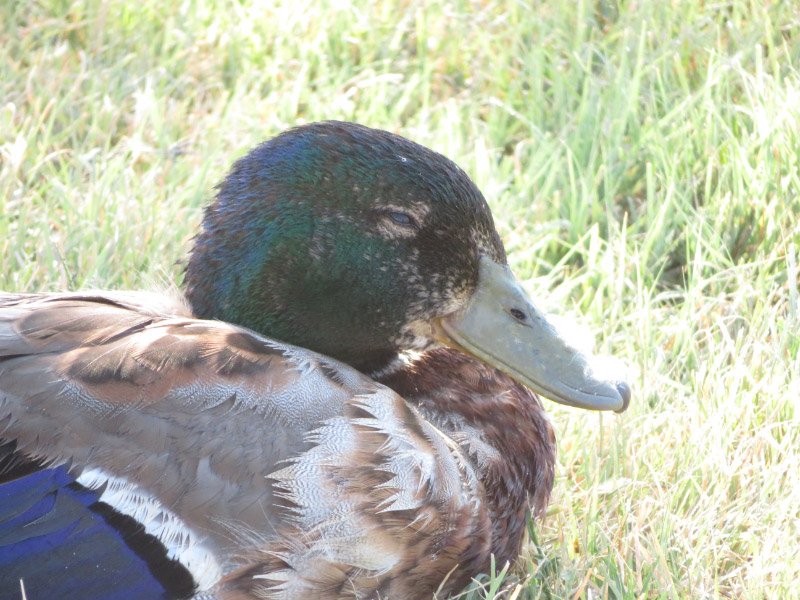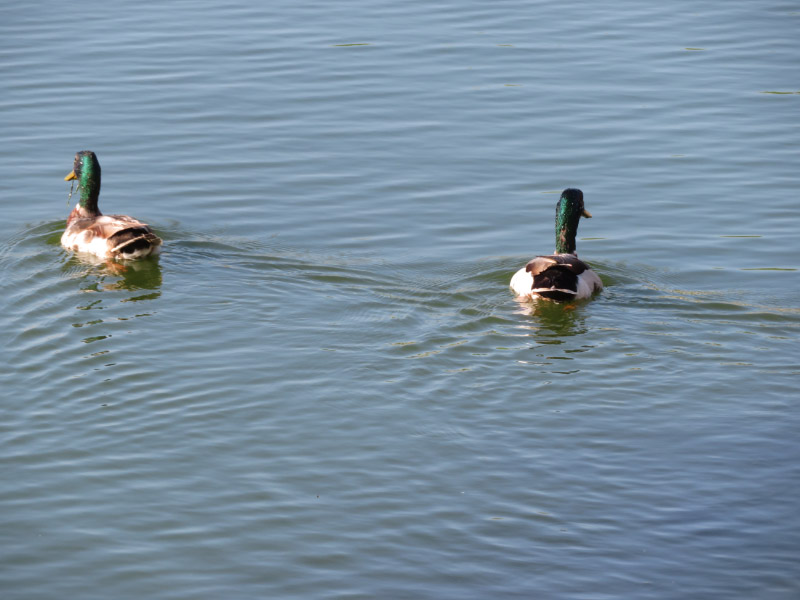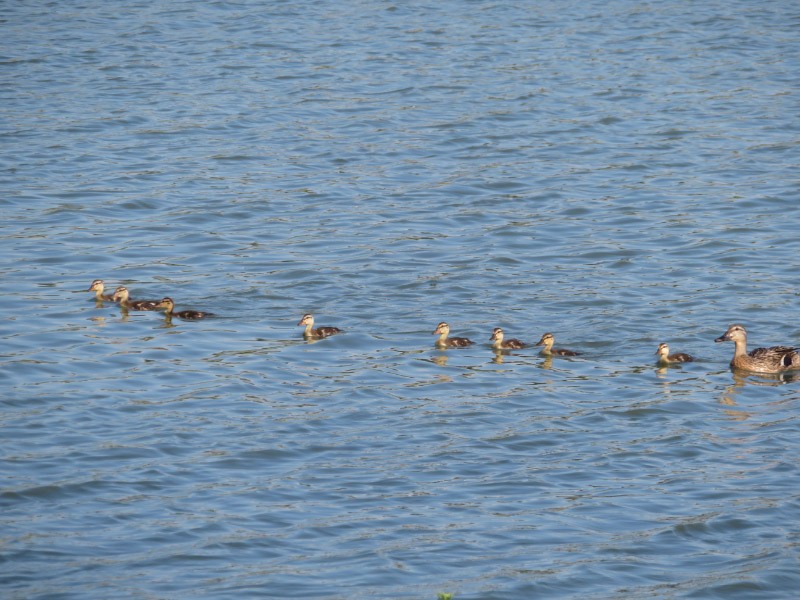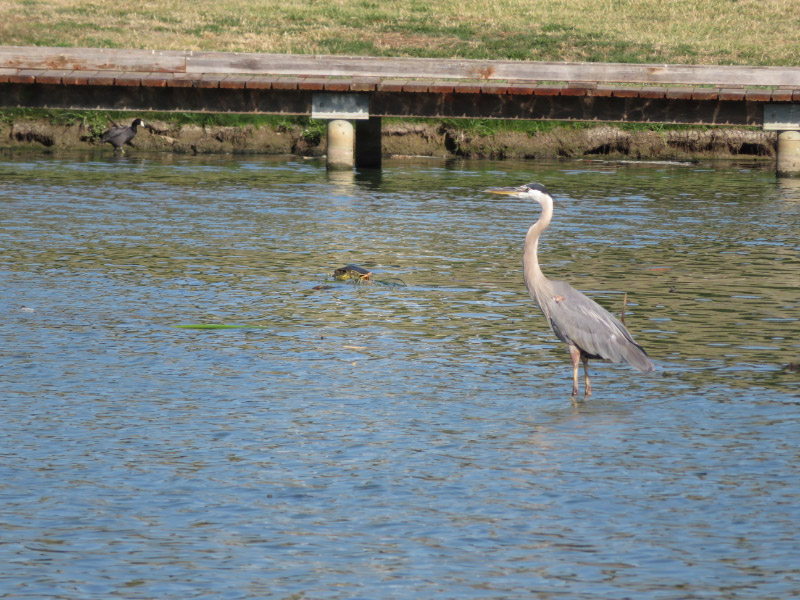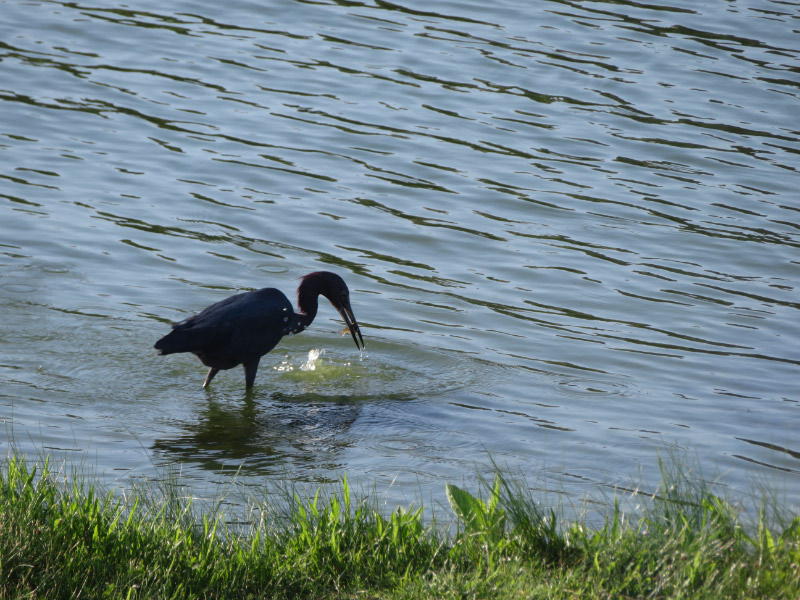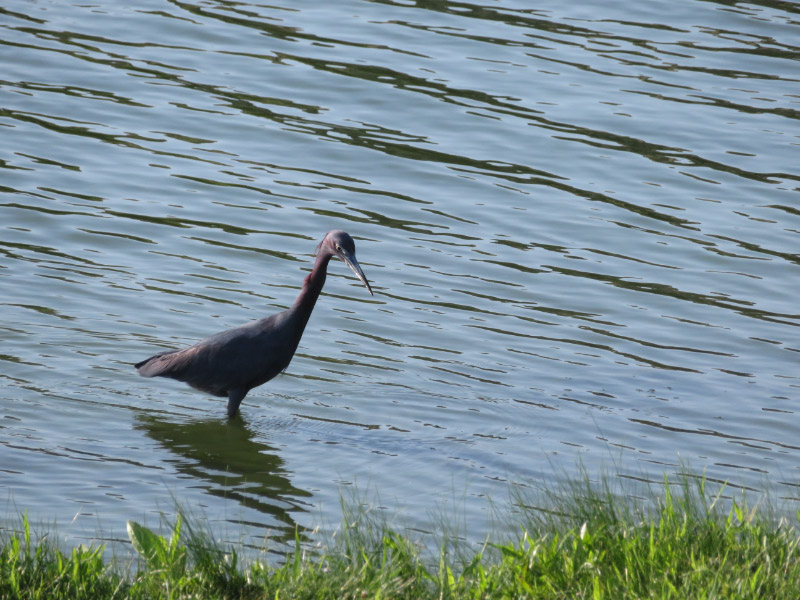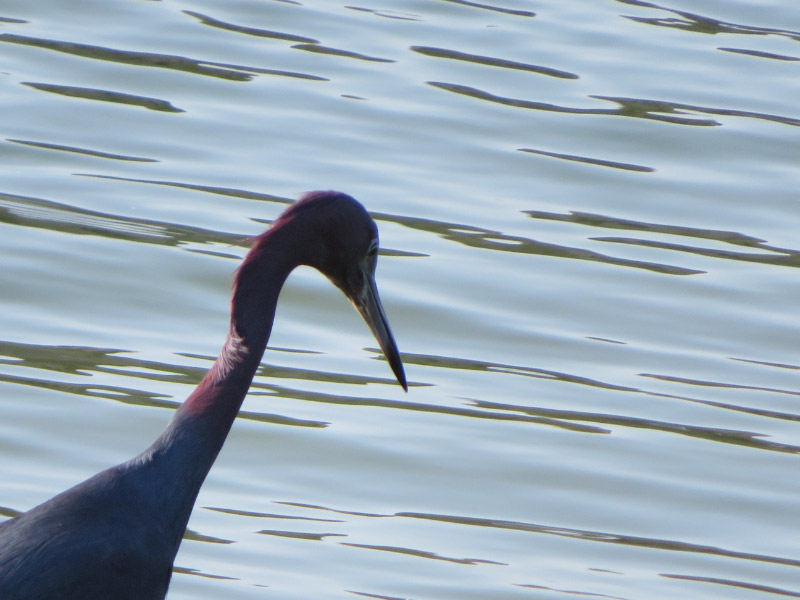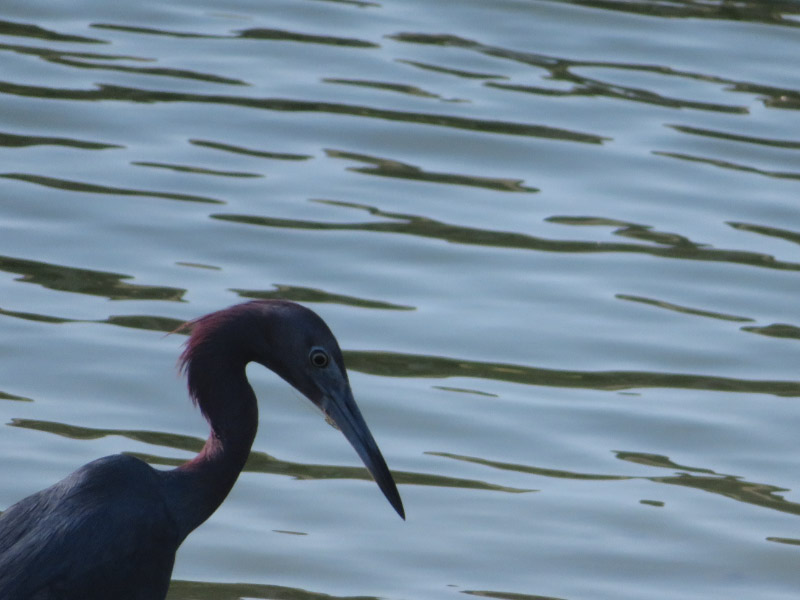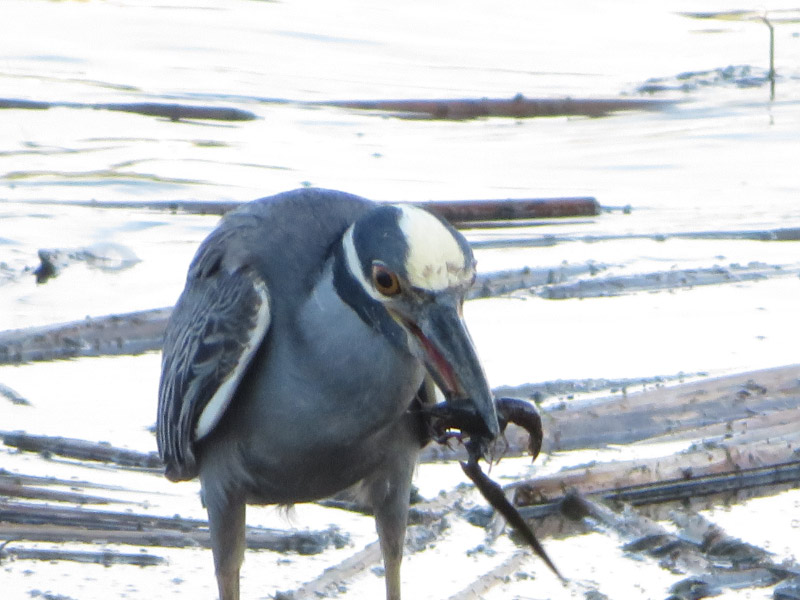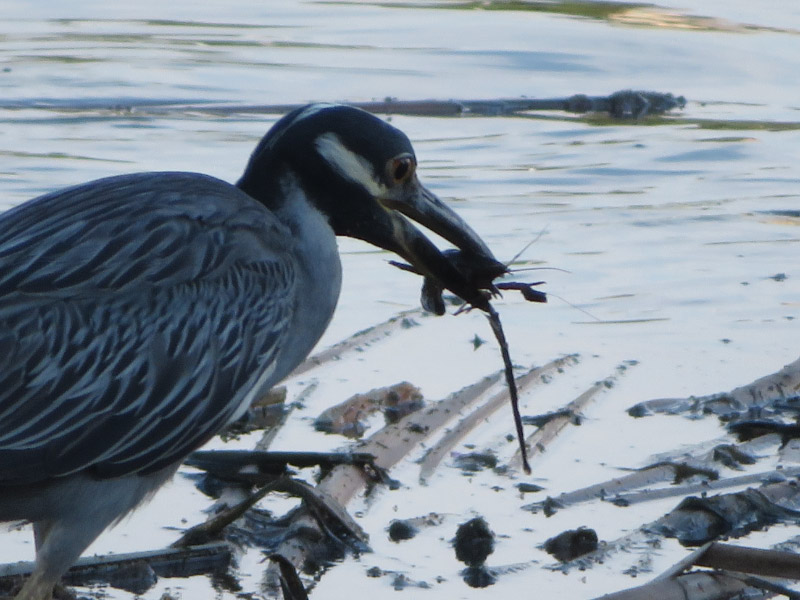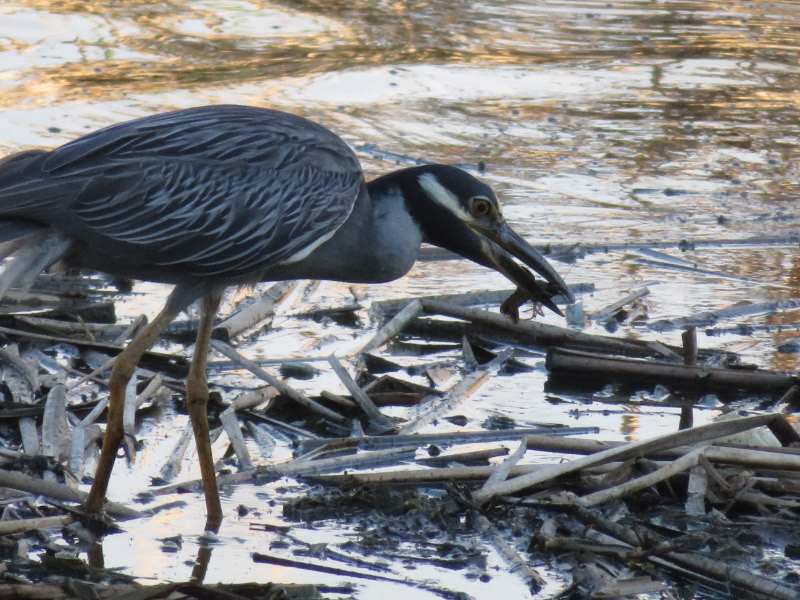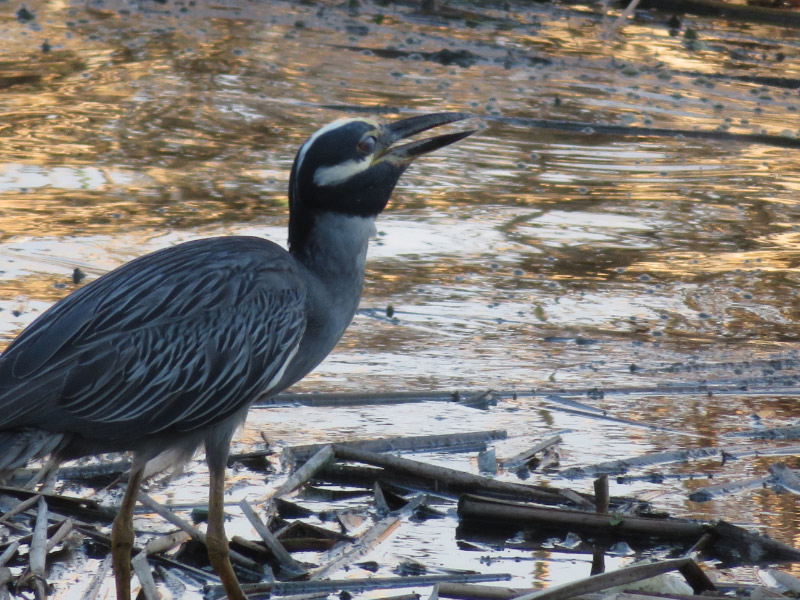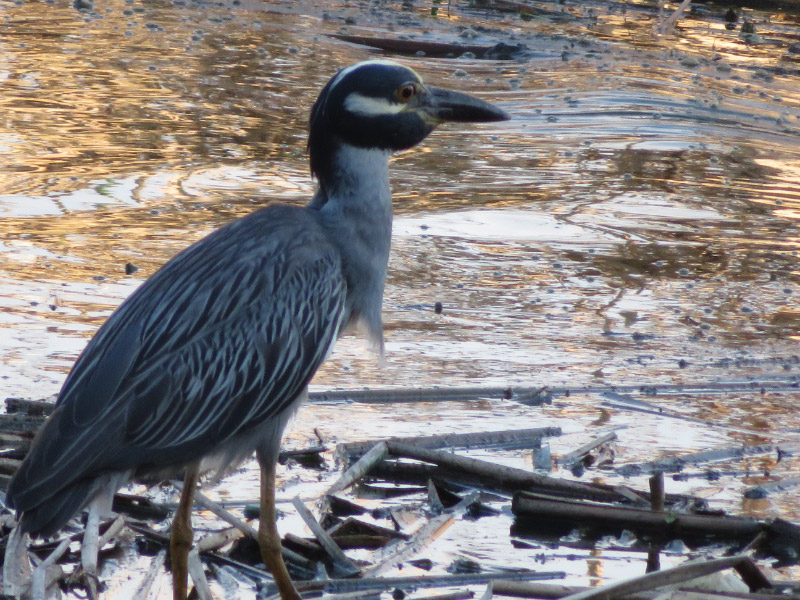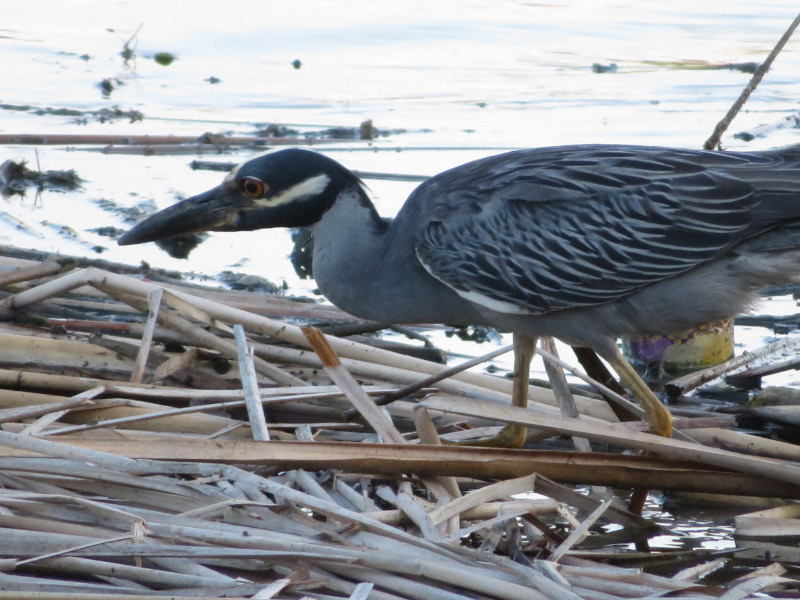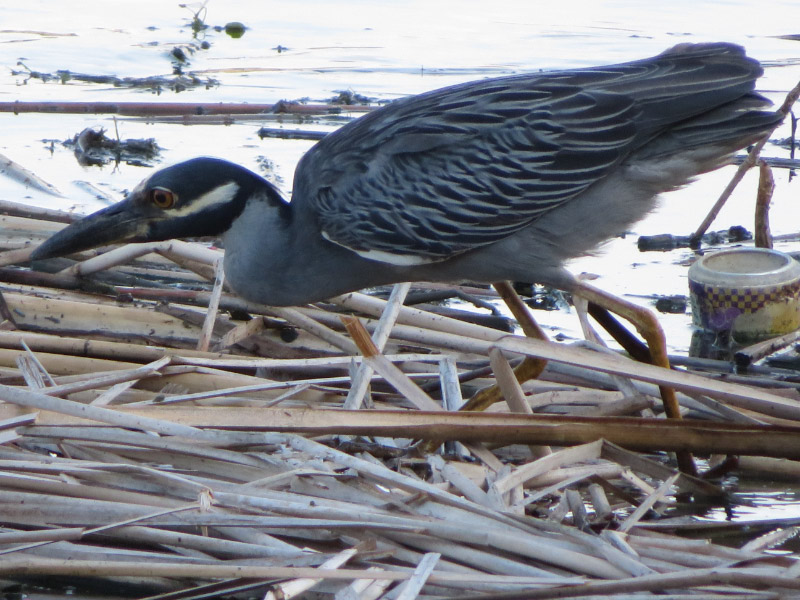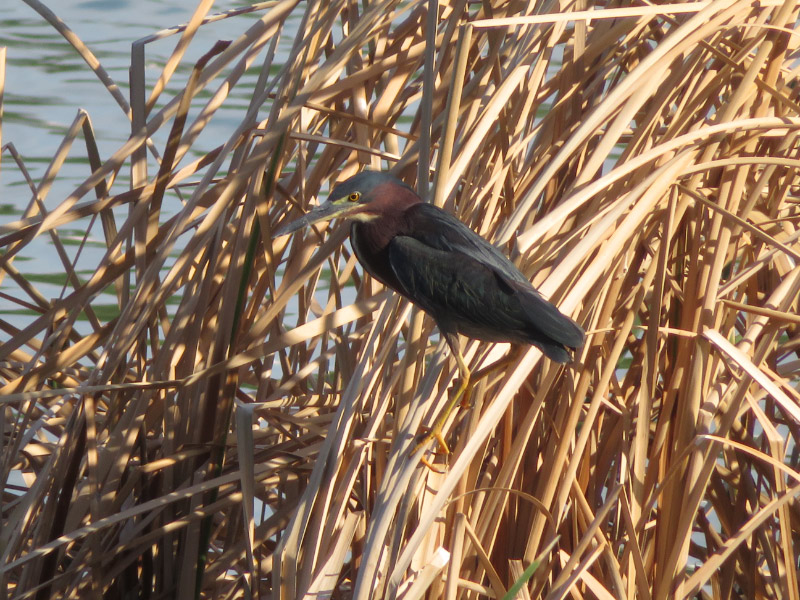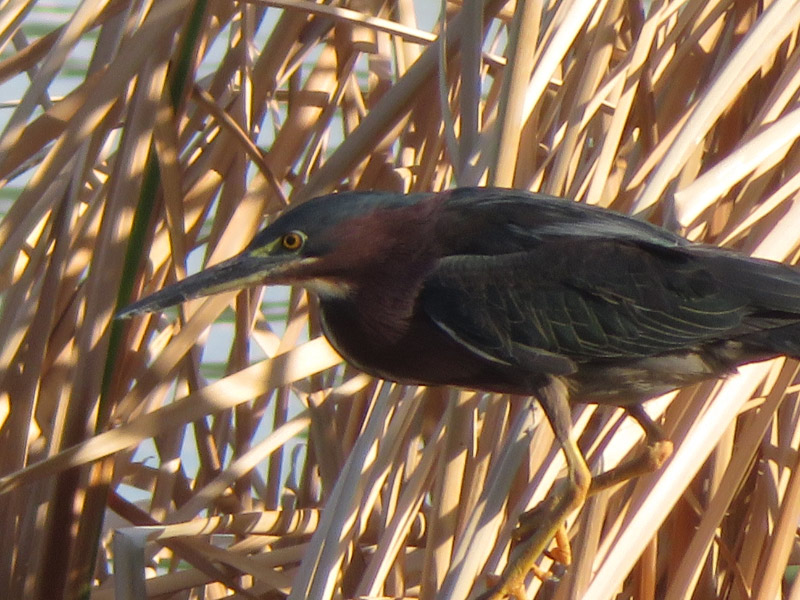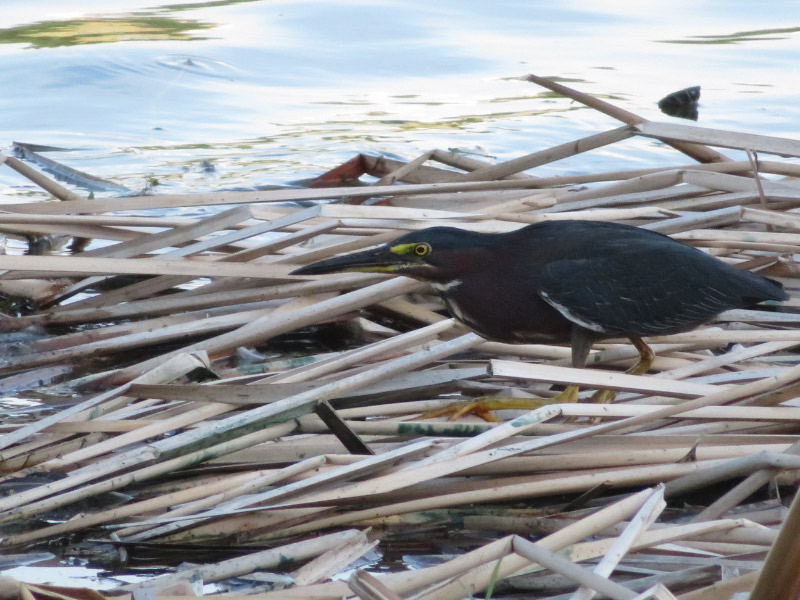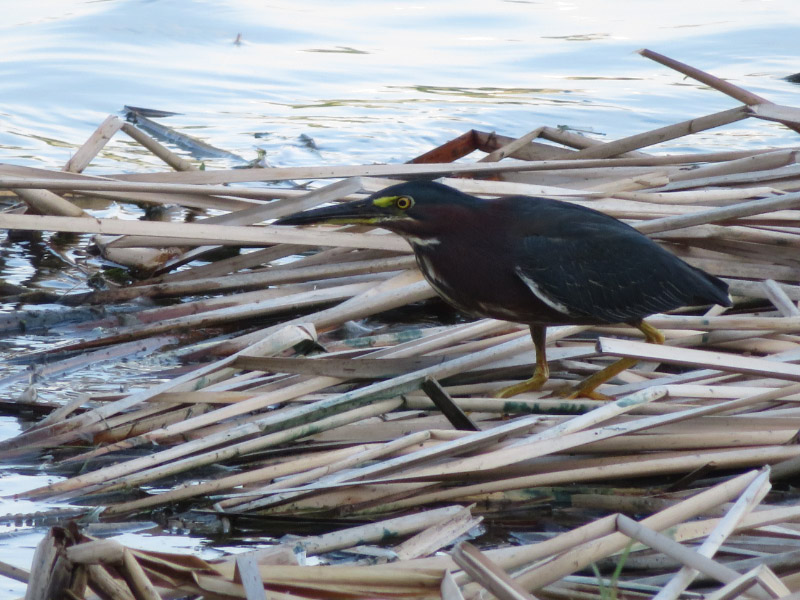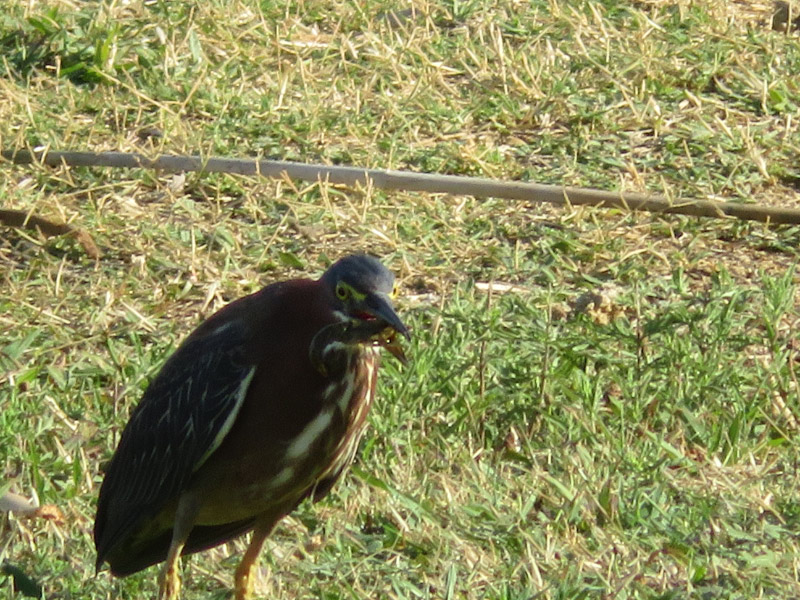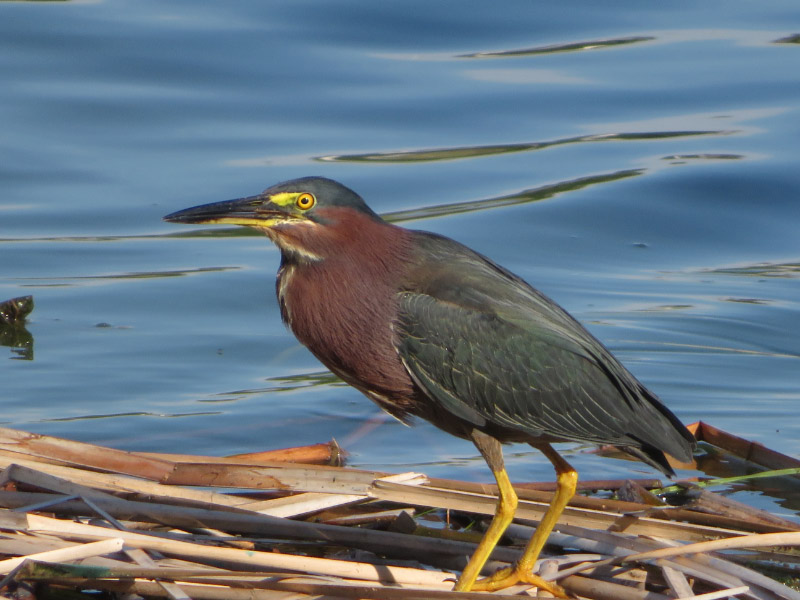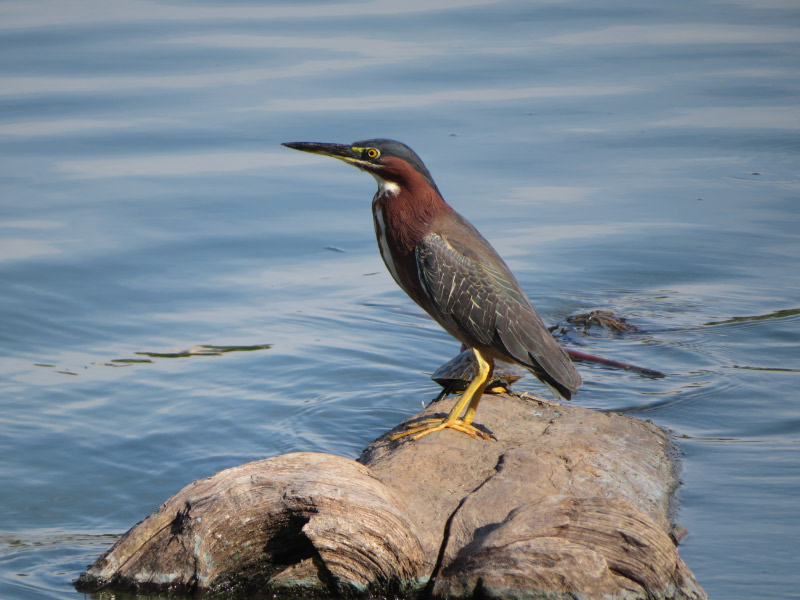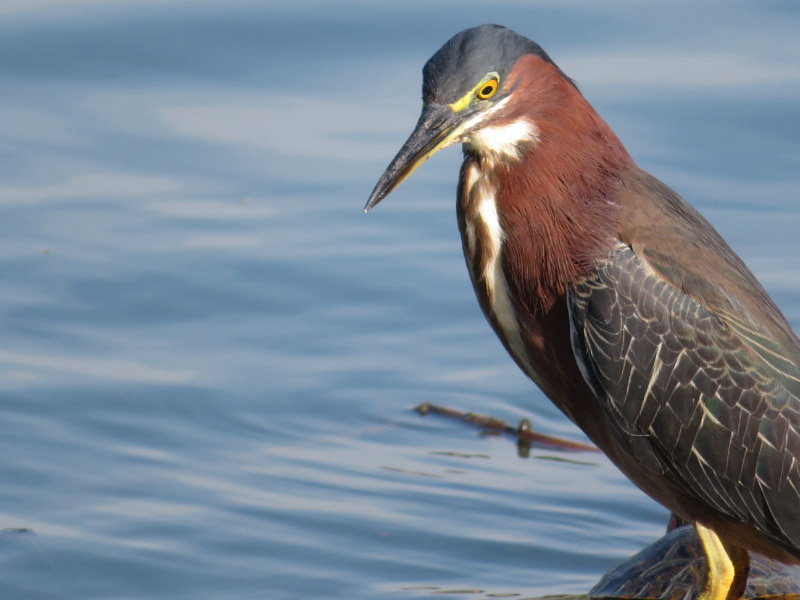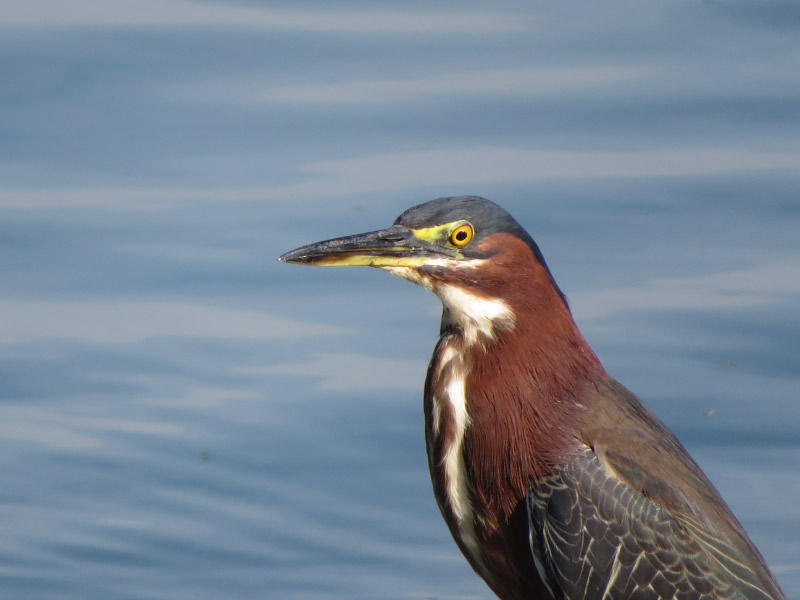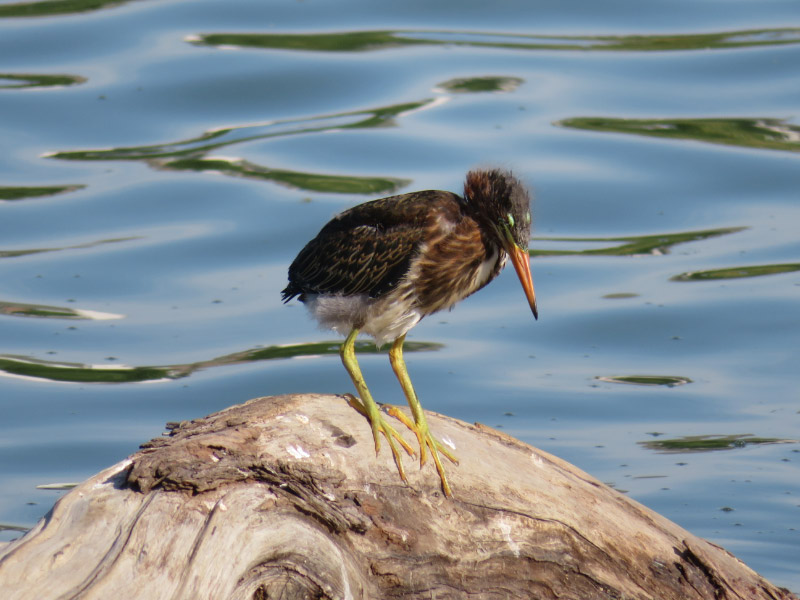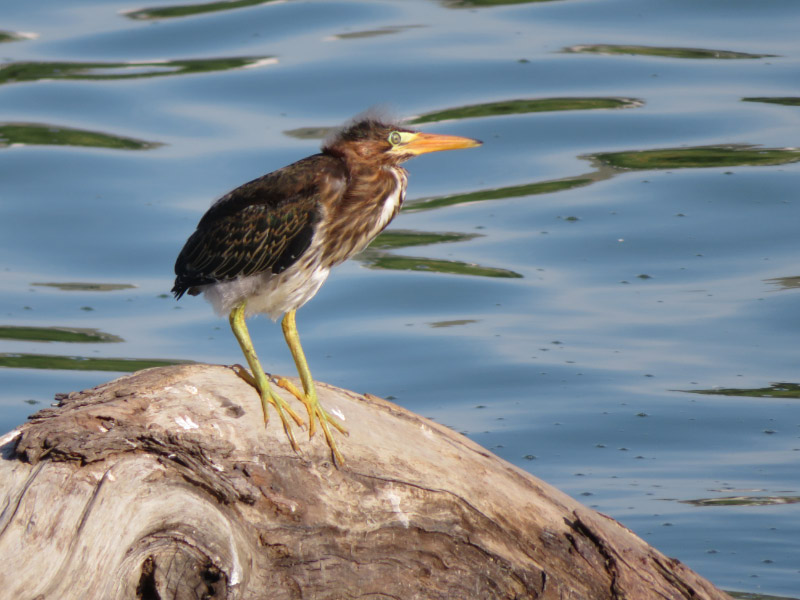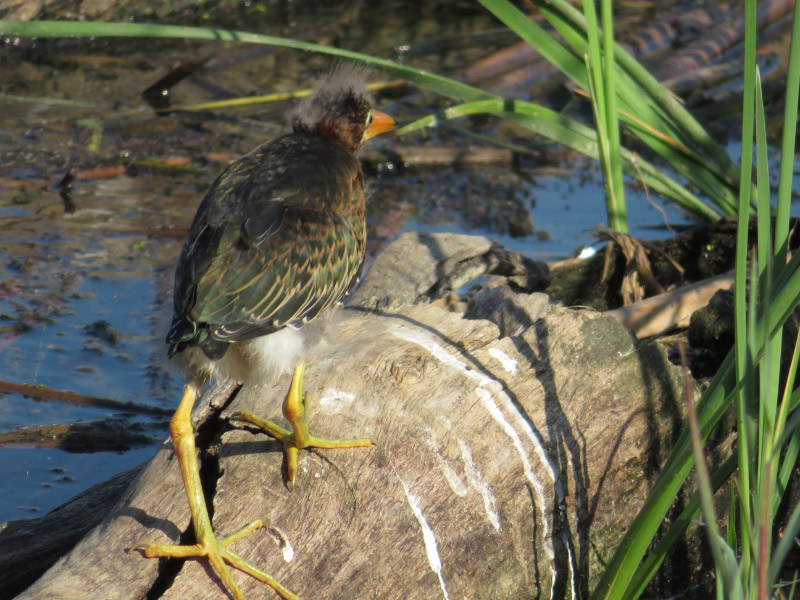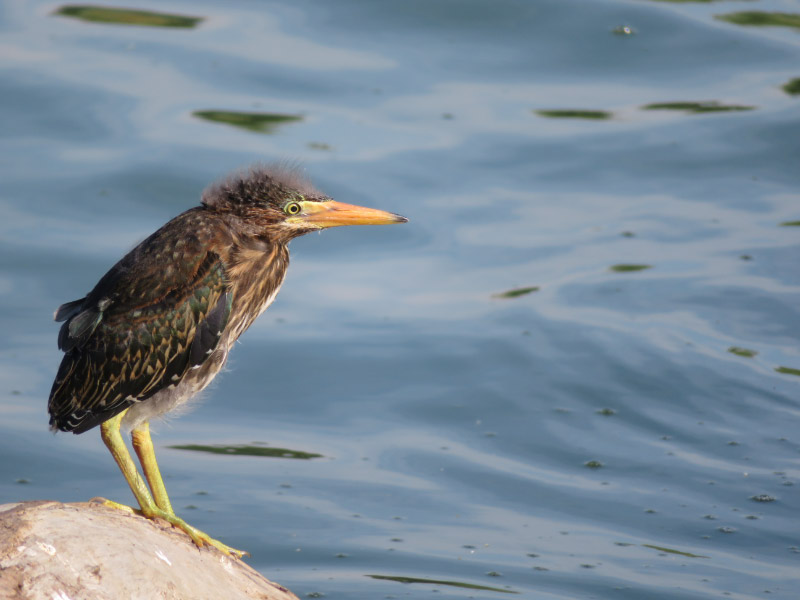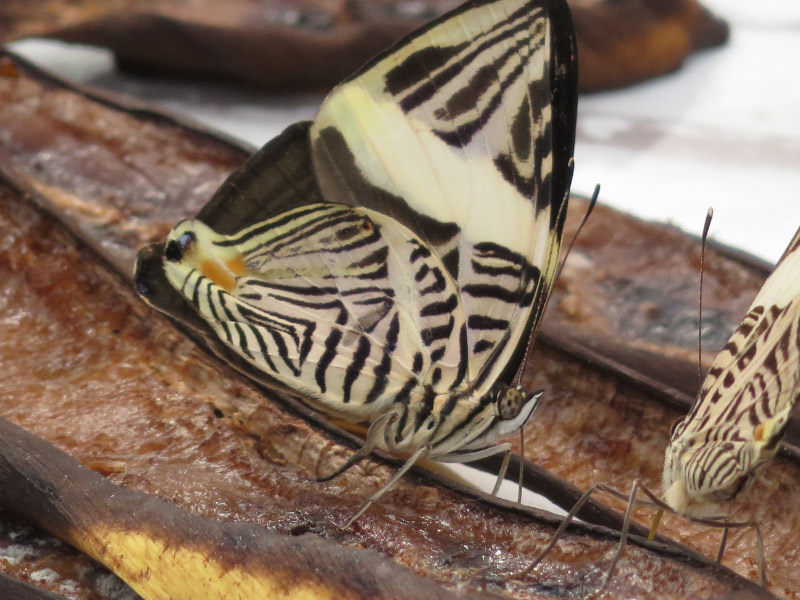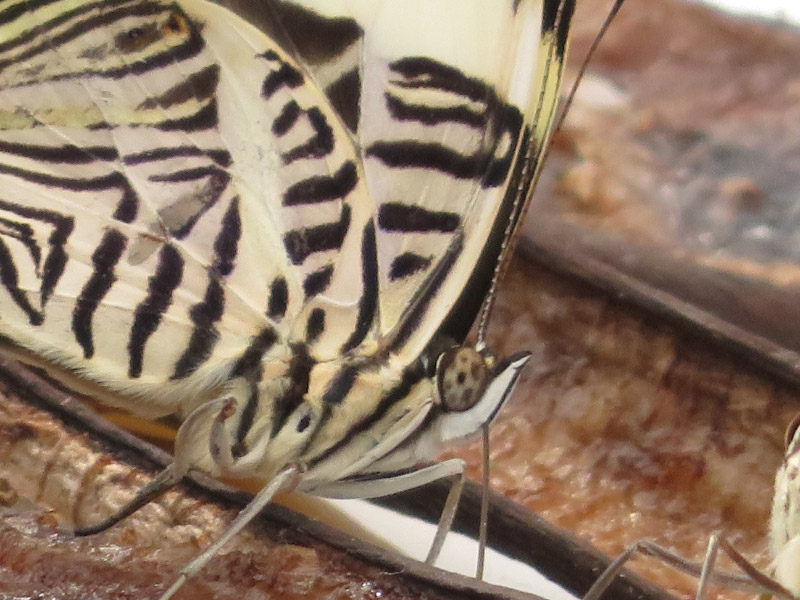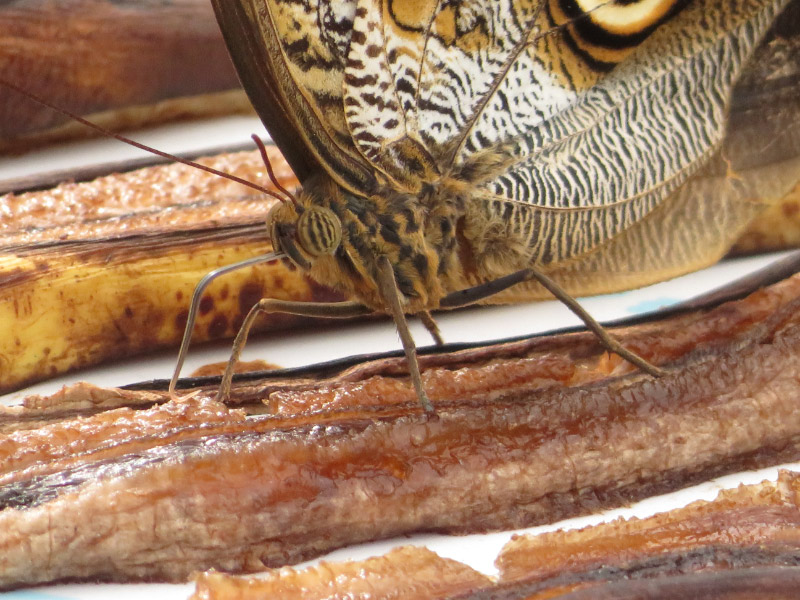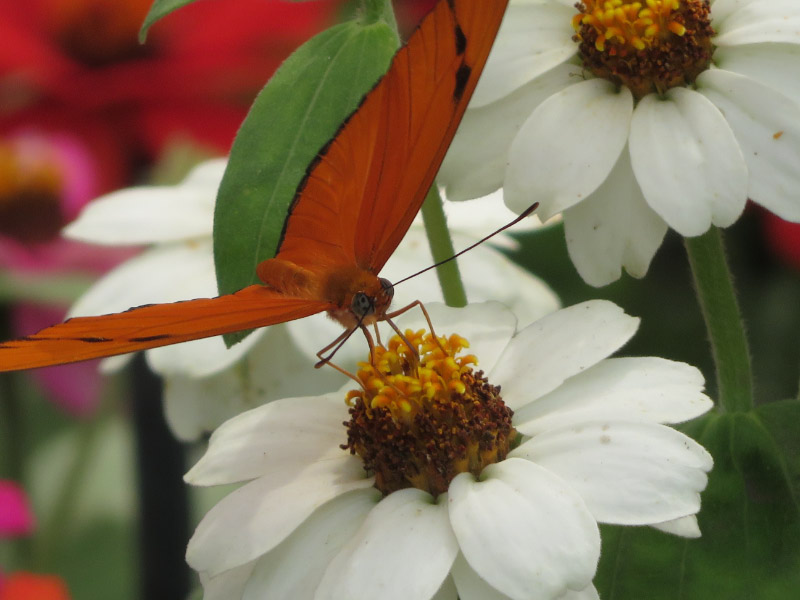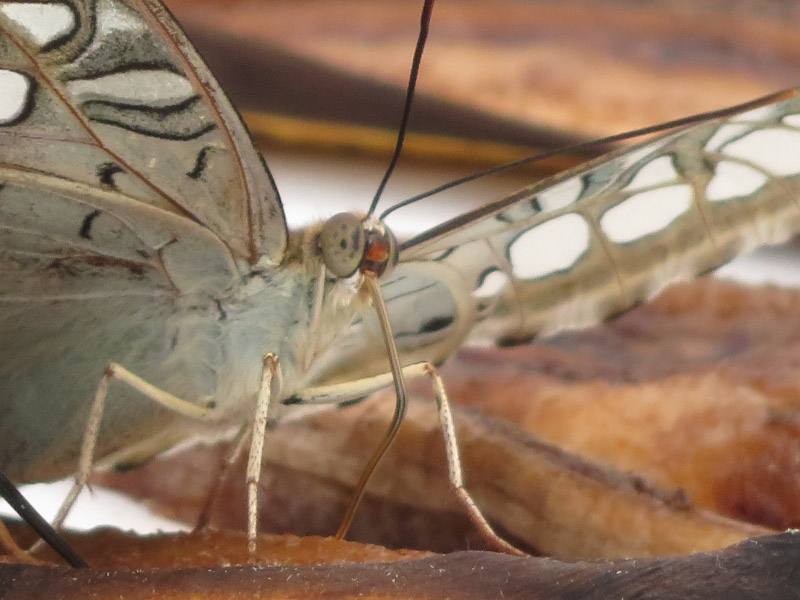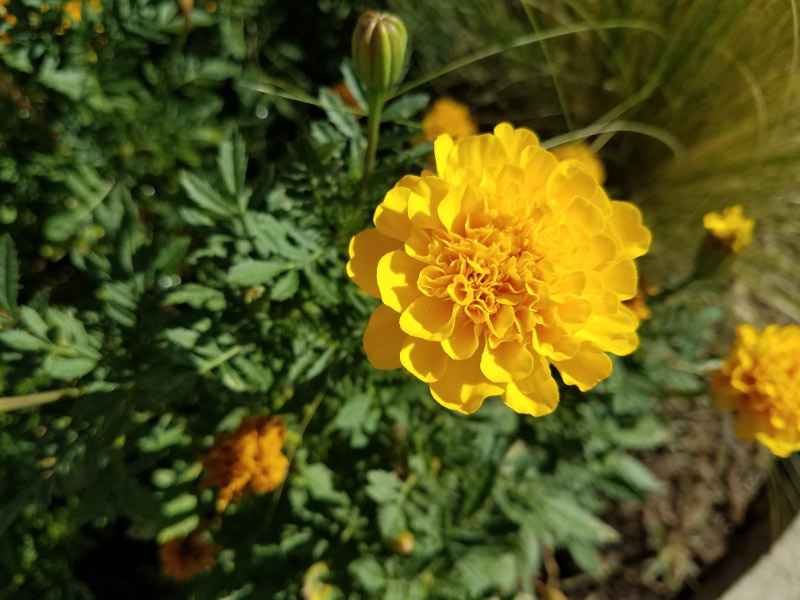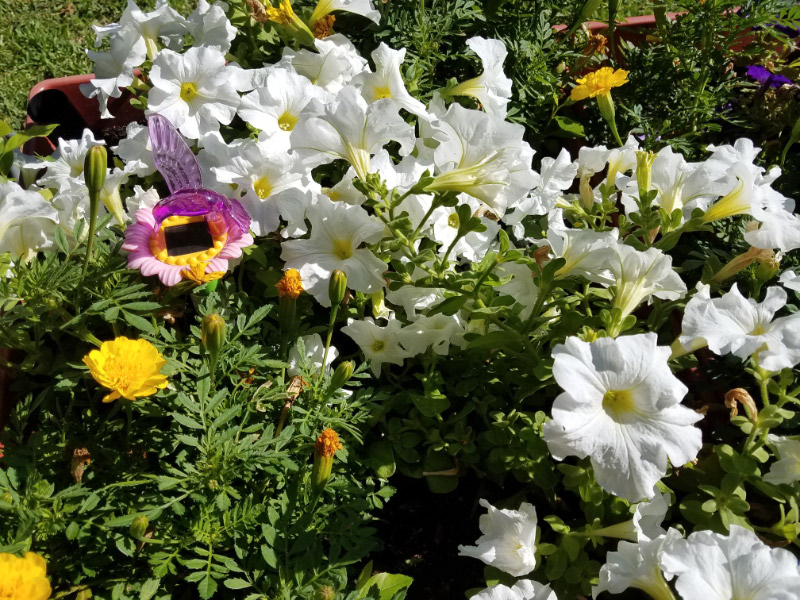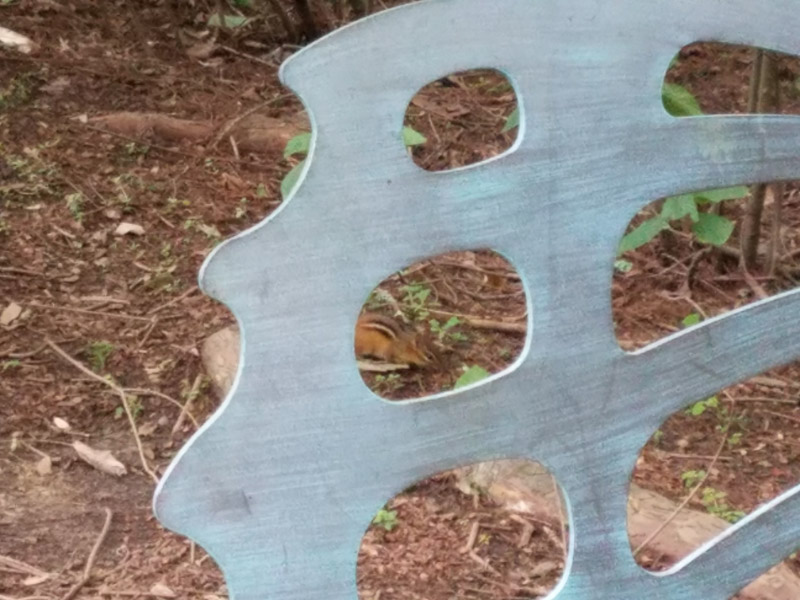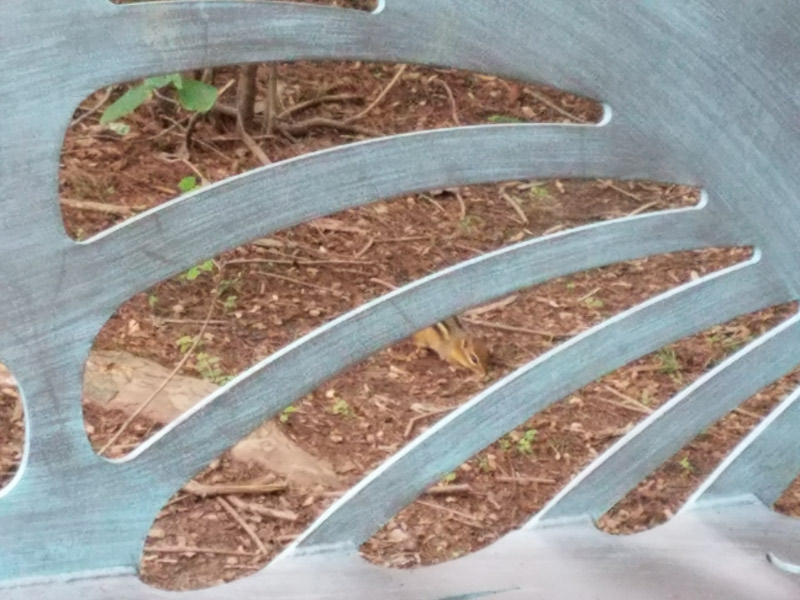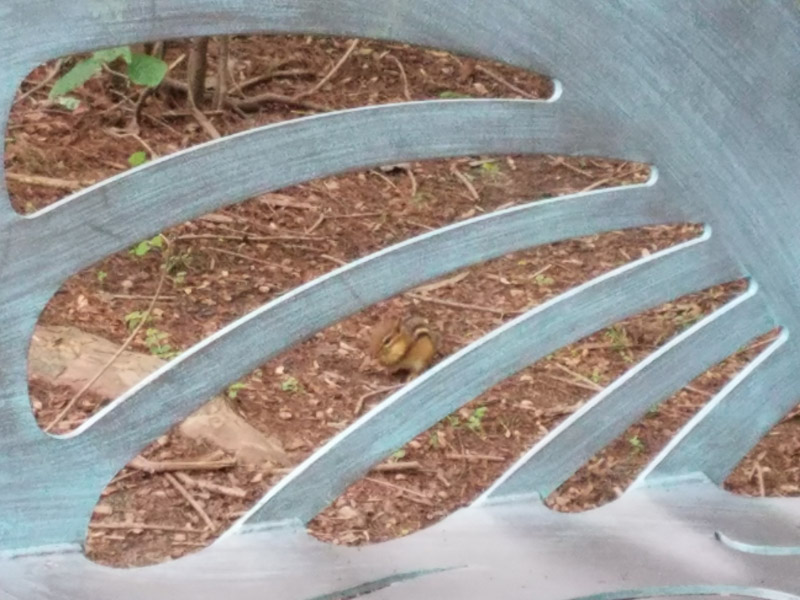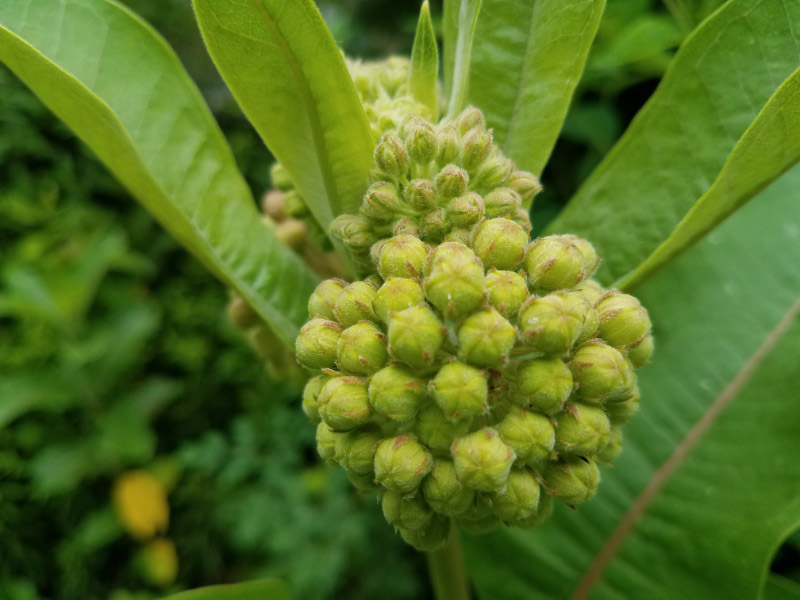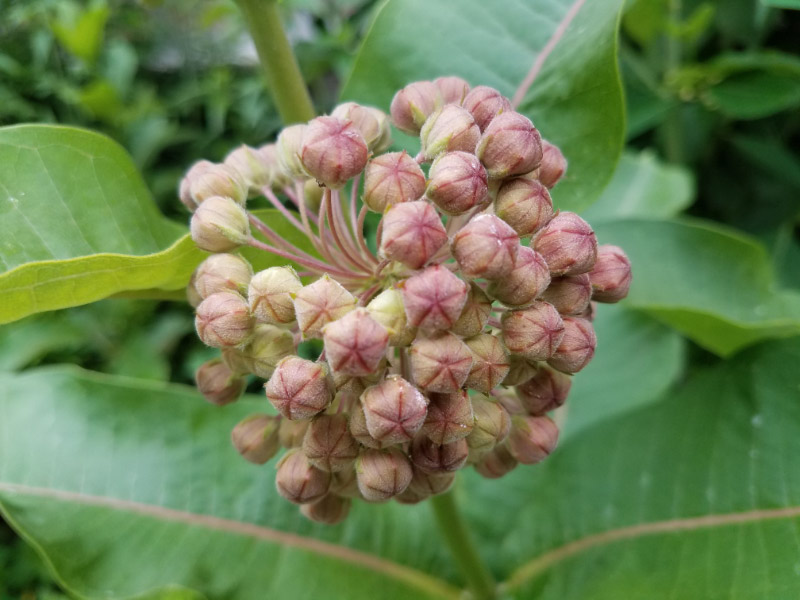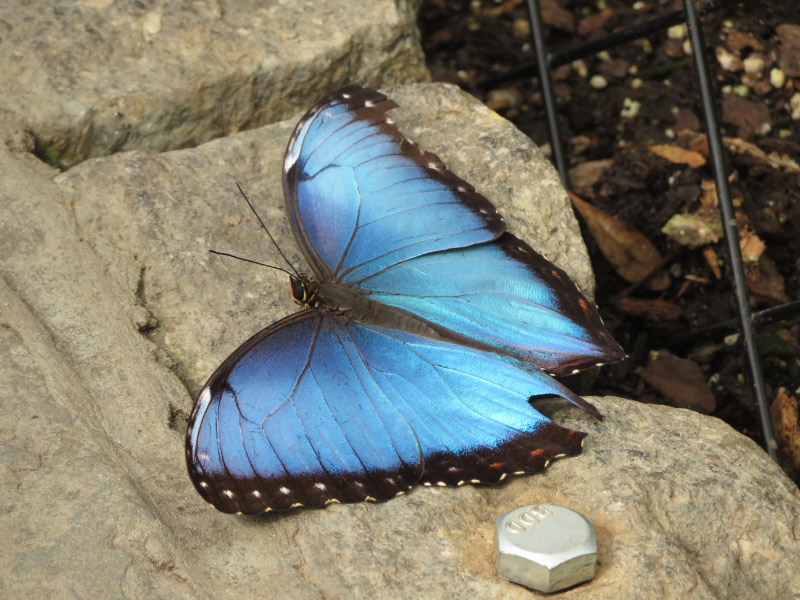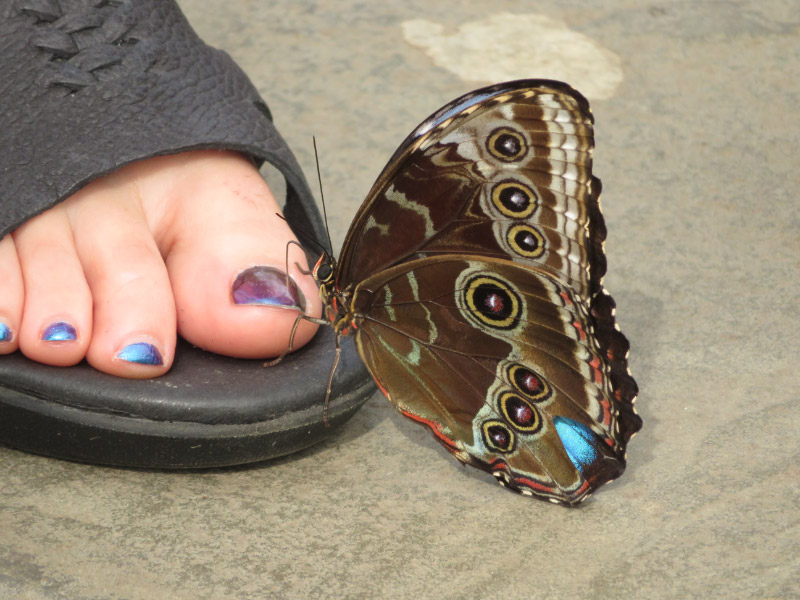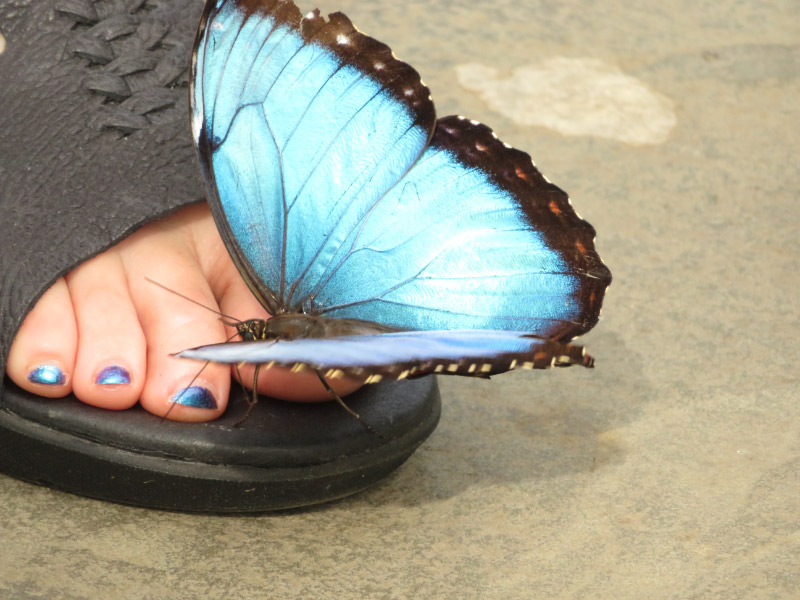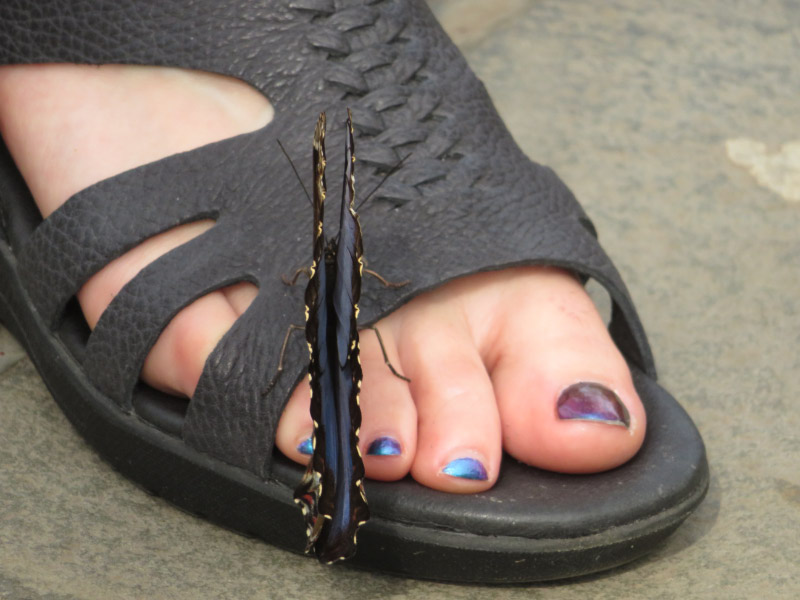Belmont Hikes with Summer Campers I
/I have started weekly hikes with summer campers at Howard County Conservancy’s Belmont location. The theme for this week was ‘Fossils and Feathers’ – to I focused on birds during the hike. The cardinal flowers near the entrance to the Carriage House (the camp headquarters) have evidently attracted some hummingbirds but there were too many people about while I was there to see them.
I was early enough that I walked around to see how the butterfly meadow looks during its first season. It’s mostly grass!
I photographed some of the flowers that are there among the grass. I hope the butterflies find them!
There were two groups of campers; the first group to hike were the younger children. We hiked down to the pond. There are birdhouses along the way down the grassy path through the newly mowed field. The tree swallows were very active…and then we saw purple martins in their house and flying off toward the pond. Turkey vultures made slow circles in the sky. There were red-winged black birds around the pond and we talked about other birds that like to be around water; Great Blue Herons and Wood Ducks both came up in the talk. We also saw dragon flies at the pond and talked about how they lay their eggs in the water. We hiked back along the tree lined drive to the manor house and stopped at the sycamore; we noticed the pieces of bark on the ground and agreed that next time they go to the stream they might try the curls of bark as ‘boats.’
I had a break between the two groups. I found a chair in the shade and took pictures of birds at the feeders and nearby trees.
There were red-winged blackbirds, goldfinches, a red-bellied woodpecker, and a mockingbird. I was hearing the mockingbird long before I managed to see it.
The second hike was a bit longer. We walked along the edge of the forest then went a short way in…listening for birds in several places along the way. We heard birds…but didn’t see any except doves and vultures. There was a lot of other things to see: a deer, a tiger swallowtail, chicory, wineberry, sweet gum balls, lichen, a cicada’s shed.
In both groups we found a few feathers to talk about. I enjoyed the hikes…and I think the campers did too.











